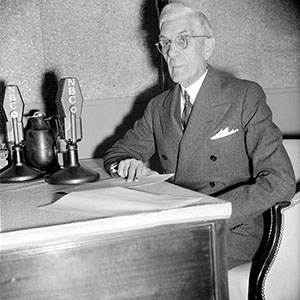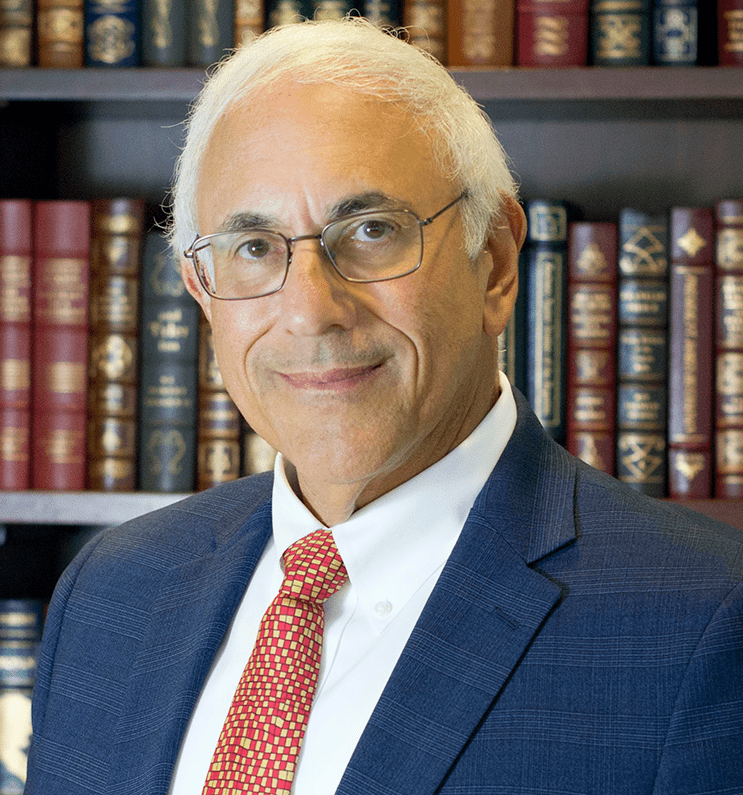
Francis Everett Townsend, a physician and political advocate, is most well-known for the “Townsend Plan,” which called for the federal government to provide every citizen over the age of 60 with a $200 monthly pension. While the plan was never adopted, it helped shape the Social Security Act, which was enacted as part of President Franklin D. Roosevelt’s New Deal.
Early Life
Francis Everett Townsend was born in Fairbury, Illinois, on January 13, 1867. As a child, he moved to Nebraska, where he attended Franklin Academy. In 1898, Townsend migrated West to California, hoping to strike it rich. After his business plan failed, Townsend entered the Omaha Medical College. He graduated in 1907 and established a medical practice in South Dakota, where he met and married a nurse, Minnie Bogue.
Townsend entered the Army Medical Corps in World War I, serving for one year before the war ended. He and his wife then settled in Long Beach, California, where Townsend sought to launch a new medical practice. When his private practice failed, Townsend accepted a position as assistant city health director. Within three years, he lost his job, a casualty of the Great Depression. While Townsend wanted to retire, he was financially unable to do so.
Townsend Plan
Townsend first published his now famous pension plan in 1933. His letter to the editor of a Long Beach, California newspaper struck a chord with readers and quickly resulted in the creation of a formal plan. Under the Townsend Plan, every person over the age of 60 would receive $200 per month, which would be funded by a 2 percent national sales tax. In order to be eligible for the pension plan, beneficiaries had to be retired; had to be “free from habitual criminality”; and had to spend the money within 30 days (to bolster the economy).
Townsend partnership with real estate broker, Robert Earl Clements, to promote the plan. Together, they established “Old Age Revolving Pensions, Ltd.” in 1934. The Townsend movement quickly gained traction and, within months, Townsend’s Long Beach office was receiving 2,000 letters a day from interested parties. The organization touted the plan using a wide range of promotional materials, including decorative stamps, calendars, and license plates.
The political pressure of the Townsend movement helped shape President Roosevelt’s New Deal policies. In 1935, FDR proposed legislation that included two programs that aimed to help the elderly. The proposed bills included Old Age Assistance (OAA), a state/federal program for older poor Americans consisting of matching payments from the federal government to the states. FDR’s plan also included Social Security, a national social insurance retirement program for covered employees. Both proposals became law with the passage of the Social Security Act in August 1935.
Despite the new federal program, many Townsend supporters were dissatisfied. By 1936, his organization claimed to have more than three and a half million members. It also gathered more than twenty million signatures on petitions calling for Congress to pass legislation adopting the Townsend Plan. While Townsend and his supporters continued to passionately advocate for his plan, it never fully came to fruition. He died on September 1, 1960.








